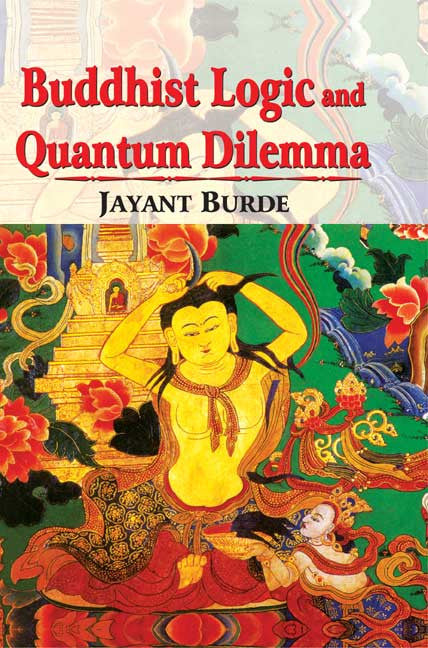Buddhist Logic and Quantum Dilemma
Buddhist Logic and Quantum Dilemma - Paperback is backordered and will ship as soon as it is back in stock.
Couldn't load pickup availability
Buddhism is a religion, but not a dogma. Its agnosticism and rational outlook has attracted many western scientists. There is abundant literature on similarities between Buddhism and Science.
Two theories, relativity theory and quantum theory shook the very foundation of physics in the 20th century. Of the two, quantum theory reveals a truly mysterious sub-atomic world with its mind-boggling phenomena. For example, such entities as electrons, protons and photons (light particles)or waves as the occasion demands. This is called matter-wave duality.
In Buddhist philosophy scholars have found a doctrine called catuskoti which is astonishingly similar to matter-wave duality. violate the Aristotelion laws of thought.
The book analyzes two apparently contradictory parallels; (1) similarity between Buddhist philosophy and scientific thought, and (ii) resemblance between mystical catuskoti and mysterious matter-wave duality. The book also tries to dispel misconceptions harboured by lay persons about quantum theory.
Review(s)
About the Author(s)
Jayant Burde received his M.Sc. degree in mathematics from Bombay University and a law degree from Bangalore University. He is also a Certificated Associate of Indian Institute of Bankers. His published papers contain mathematical models in finance, costing and organizational structure.
He has also authored five books: Philosophy of Numbers, Rituals, Mantras and Science (MLBD, 2004), Sunya and Nothingness (MLBD 2009), The Mystique of Om (New Age Books, 2007) and The World of Rhythm called Rituals (New Age Books, 2007).
-
Pages
-
Edition
-
Size
-
Condition
-
Language
-
Weight (kg)
-
Publication Year
-
Country of Origin
-
Territorial Rights
-
Reading Age
-
HSN Code
-
Publisher




